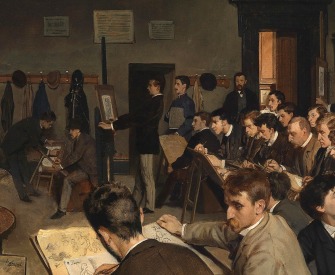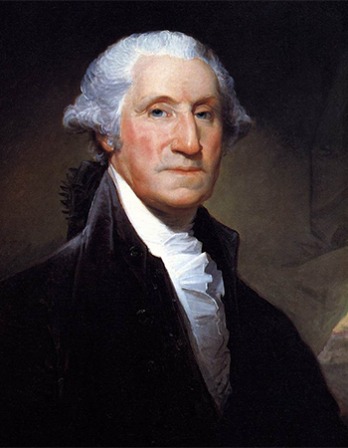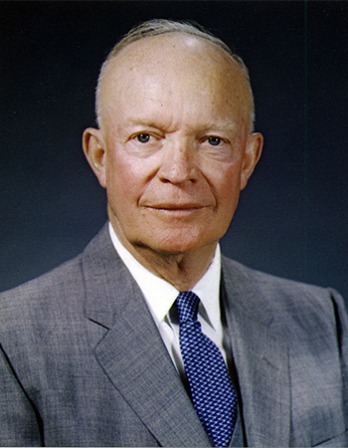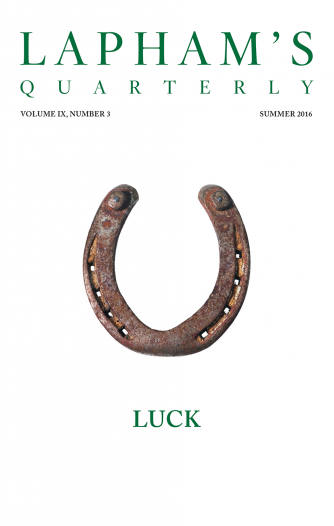It was always the custom for the boats to leave New Orleans between four and five o’clock in the afternoon. From three o’clock onward they would be burning rosin and pitch pine (the sign of preparation), and so one had the picturesque spectacle of a rank, some two or three miles long, of tall, ascending columns of coal-black smoke, a colonnade which supported a sable roof of the same smoke blended together and spreading abroad over the city. Every outward-bound boat had its flag flying at the jackstaff, and sometimes a duplicate on the vergestaff astern. Two or three miles of mates were commanding and swearing with more than usual emphasis; countless processions of freight barrels and boxes were spinning athwart the levee and flying aboard the stage planks; belated passengers were dodging and skipping among these frantic things, hoping to reach the forecastle companionway alive, but having their doubts about it; women with reticules and bandboxes were trying to keep up with husbands freighted with carpet sacks and crying babies, and making a failure of it by losing their heads in the whirl and roar and general distraction.
Now a number of the boats slide backward into the stream, leaving wide gaps in the serried rank of steamers. Citizens crowd the decks of boats that are not to go, in order to see the sight. Steamer after steamer straightens herself up, gathers all her strength, and presently comes swinging by under a tremendous head of steam, with flag flying, black smoke rolling, and her entire crew of firemen and deckhands (usually swarthy Negroes) massed together on the forecastle, the best “voice” in the lot towering from the midst (being mounted on the capstan), waving his hat or a flag, and all roaring a mighty chorus, while the parting cannons boom and the multitudinous spectators wave their hats and huzza! Steamer after steamer falls into line, and the stately procession goes winging its flight up the river.
In the old times, whenever two fast boats started out on a race, with a big crowd of people looking on, it was inspiring to hear the crews sing, especially if the time were nightfall, and the forecastle lit up with the red glare of the torch baskets. Racing was royal fun. The public always had an idea that racing was dangerous, whereas the opposite was the case—that is, after the laws were passed which restricted each boat to just so many pounds of steam to the square inch. No engineer was ever sleepy or careless when his heart was in a race. He was constantly on the alert, trying gauge cocks and watching things. The dangerous place was on slow, plodding boats, where the engineers drowsed around and allowed chips to get into the “doctor” and shut off the water supply from the boilers.
In the “flush times” of steamboating, a race between two notoriously fleet steamers was an event of vast importance. The date was set for it several weeks in advance, and from that time forward the whole Mississippi valley was in a state of consuming excitement. Politics and the weather were dropped, and people talked only of the coming race. As the time approached, the two steamers “stripped” and got ready. Every encumbrance that added weight or exposed a resisting surface to wind or water was removed, if the boat could possibly do without it.
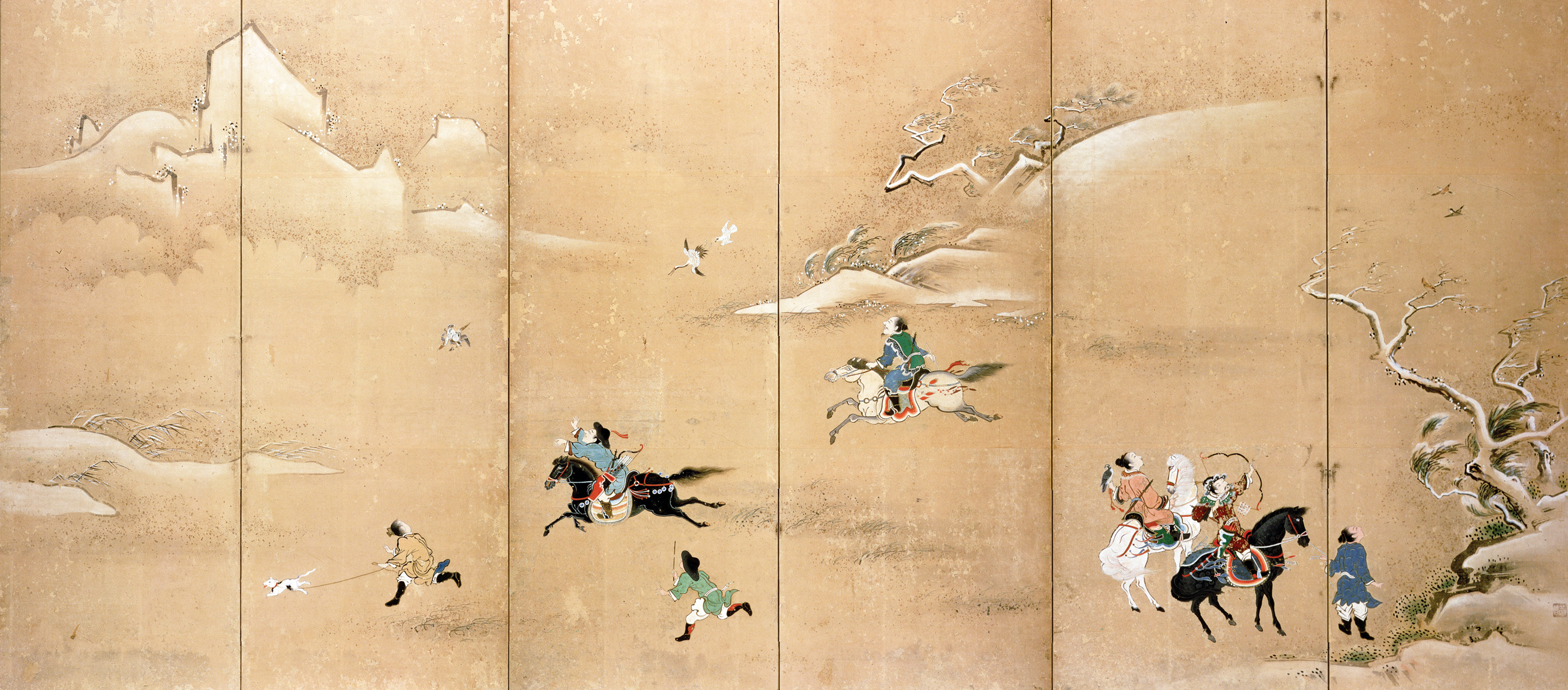
Boar hunt, Japanese folding screen, c. 1800. © Christie’s Images, The Bridgeman Art Library International.
If the boat was known to make her best speed when drawing five and a half feet forward and five feet aft, she carefully loaded to that exact figure—she wouldn’t enter a dose of homeopathic pills on her manifest after that. Hardly any passengers were taken, because they not only add weight but they never will “trim boat.” They always run to the side when there is anything to see, whereas a conscientious and experienced steamboatman would stick to the center of the boat and part his hair in the middle with a spirit level.
No way-freights and no way-passengers were allowed, for the racers would stop only at the largest towns, and then it would be only “touch and go.” Coal flats and wood flats were contracted for beforehand, and these were kept ready to hitch on to the flying steamers at a moment’s warning. Double crews were carried, so that all work could be quickly done.
The chosen date being come, and all things in readiness, the two great steamers back into the stream and lie there jockeying a moment, apparently watching each other’s slightest movement, like sentient creatures; flags drooping, the pent stream shrieking through safety valves, the black smoke rolling and tumbling from the chimneys and darkening all the air. People, people everywhere; the shores, the housetops, the steamboats, the ships, are packed with them, and you know that the borders of the broad Mississippi are going to be fringed with humanity thence northward twelve hundred miles to welcome these racers.
Presently tall columns of steam burst from the escape pipes of both steamers, two guns boom a goodbye, two red-shirted heroes mounted on capstans wave their small flags above the massed crews on the forecastles, two plaintive solos linger on the air a few waiting seconds, two mighty choruses burst forth—and here they come! Brass bands bray “Hail Columbia,” huzza after huzza thunders from the shores, and the stately creatures go whistling by like the wind.
From Life on the Mississippi. After his older brother bought the Hannibal Journal in 1851, Samuel Clemens set type and wrote sketches for it. He left home in 1853 at the age of seventeen, piloting steamboats on the Mississippi River. Clemens wrote again for a newspaper in 1862 under the name “Mark Twain,” a term derived from steamboating. He published The Adventures of Huckleberry Finn in 1884.
Back to Issue



